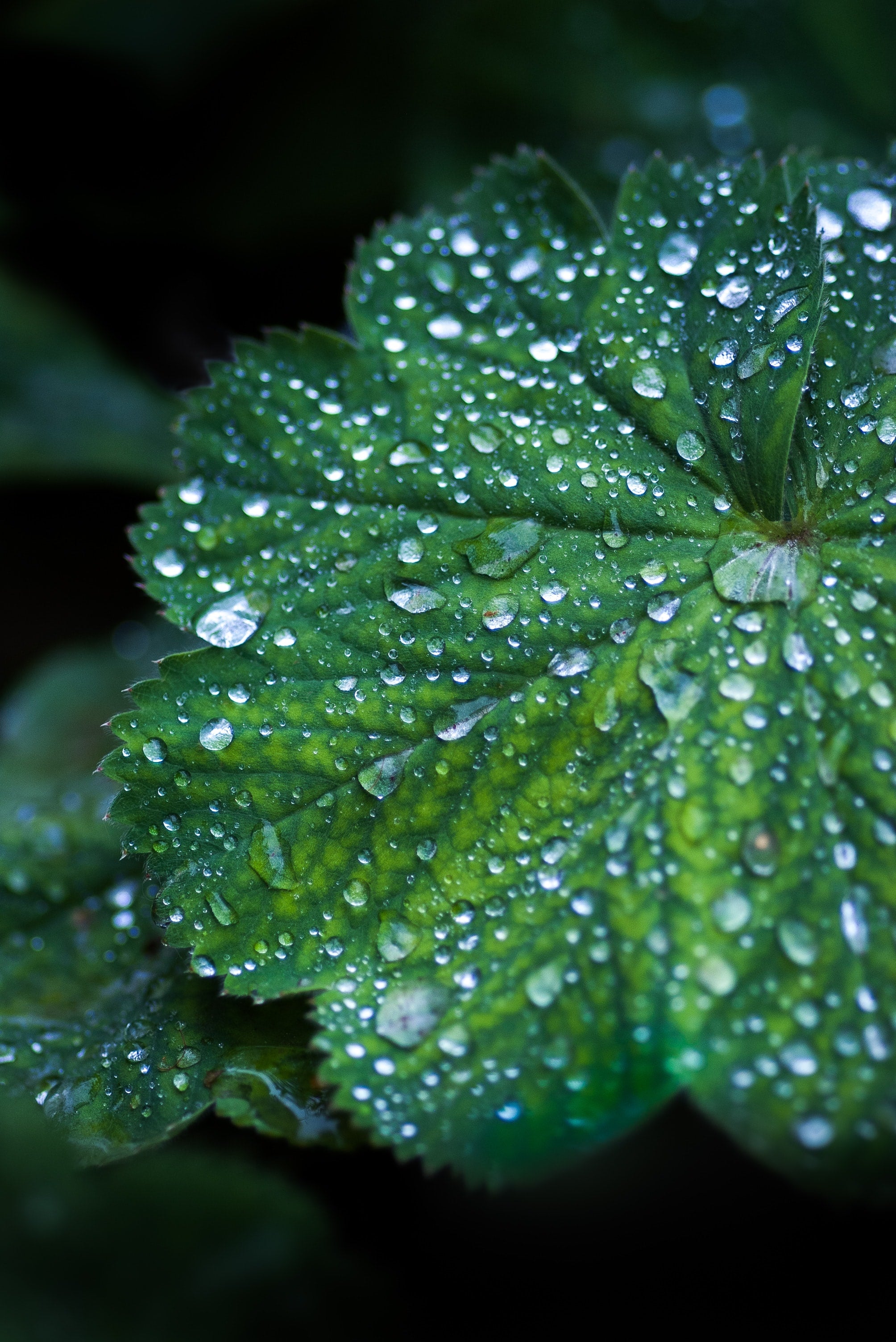
Cell Salts for Plants and Garden Part One
Cell Salts for Organic Gardening
Using tissue cell salts for your plants and gardens is a great way to improve the health of your plants and gardens with safe and non-toxic remedies.
Here is a chart listing the most common uses of cell salts #1-12 in plants and gardening.
|
Jackson’s Mineral Salt/Cell Salt Name |
Plant Uses |
|
Induration, threatening suppuration. Spot blotch, stem rot, stem nematode. The skin or bark is dry and harsh. |
|
|
Plants are straggly and thin. Sensitive to cold and damp. Debility, prone to rot, weak, thin leaves |
|
|
Sulphur deficiency in the soil. Chronic rusts Droopy plants, emaciated. |
|
|
For removal of excessive flow of sap (Arnica and Calendula). 1st stages of rust. Yellow leaf spots, spot diseases, aphids, black leg. |
|
|
Problems arising from excess potassium. Grey moulds, powdery mildew, downy mildew. |
|
|
Plant in shock from drought, stress, frost, temperature variations. Environmental stress. Nutritional problems, nutrients aren’t absorbed by plant. |
|
|
Impaired photosynthesis. Plants that suffer on hot days and during the summer. Yellowing (chlorosis) and rust. |
|
|
Plants suffer most in cold, rainy weather, from waterlogging. Cankers of the roots. Plant cannot hold itself up, wilts. Impaired vitality. Yellowing (chlorosis), bronzing, shedding of leaves. |
|
|
Thin, emaciated plants despite fertilization. Flowers produce no pollen or too early production of pollen. Salination problems. Scald, stripe blight, chlorosis. |
|
|
Remedy par excellence for problems with photosynthesis. Rusts, stripe rusts and all cases that have leaves with a golden scab on it. |
|
|
Waterlogging, excess of water with dry leaves, photosynthesis problems, rusts, chlorosis. |
|
|
*top remedy in plant homeopathy. Weak stunted plants that fail to thrive. Plant is green after transplant but does not grow. Brittle stems and twigs. Small, puny flowers. Damage from overpruning. |
Dosage and application rates of using cell salts with plants
Dosage: 12-16 pellets per 1 litre of water.
Use clean watering can
Add pellets first, then add water.
Wait 3 minutes for pellets to dissolve, stir well.
Apply to plants and surrounding soil, ensuring top layer of soil has received preparation.
Wait 7-14 days to assess results.
*Don’t mix homeopathic medicines with anything other than water.
*Do not use commercial herbicides, pesticides, fungicides, or fertilizers for at least 10 days after applying the remedy. It will nullify its action.


